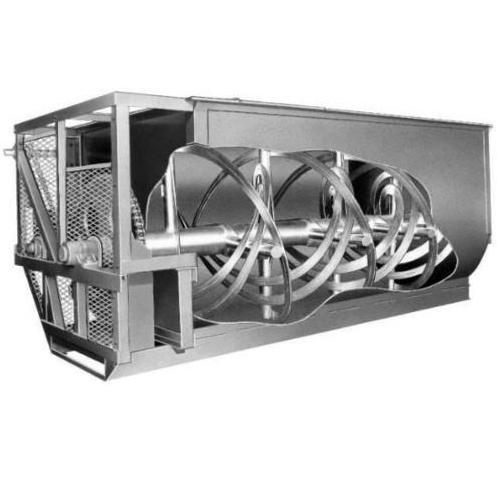The basic working principle of the colloid mill is that the fluid or semi-fluid materials undergo strong cutting force, friction force, and high-speed vibration through the relatively high-speed movement between the rotor and stator, which causes the materials to be crushed, emulsified, homogenised, and temperature, to obtain satisfactory results. It has a vertical and horizontal type of character. Body shell, stator, rotor, adjustment system, cooling system, and motor make up the primary machine. All of the primary components are constructed of stainless steel, which is both corrosion resistant and non-toxic.
Scope of Colloid Mill
Colloid mills are widely used in the food industry to process in the chemical industry, it can be used to make paint, fuel, lubricant oil, leather, and detergent, among other things; and in the medical industry, it can be used to make syrup, nutrient solution and other things.
Working Principle
The working principle of a colloid mill is that the motor drives the gear through the belt and moves at a high speed relative to the stator, which produces a strong cutting force, friction force, high-speed vibration, and other physical effects at the gap between the stator and rotor, which effectively emulsifies the materials. Finally, the components are finely ground and emulsified. The character is: When compared to a pressure homogenizer, a colloid mill is an eccentric piece of equipment at first. Its features include a simple structure and ease of maintenance, as well as the ability to handle materials with high viscosity or large particle sizes. Its structure determines the majority of its drawbacks. Due to the eccentric fourth, the rate of flow is not constant at first, resulting in large fluctuations in flow material with the same viscosity. The second is due to the high friction force between the rotor and the materials, which makes it simple to generate a lot of heat energy and cause denaturation of the materials. The third feature is that the surface is easily worn, and the grinding action is noticeably diminished after use.
Colloid mill structure
The grinding head, transmission base parts, and motor make up the colloid mill machine. Stainless steel is used for the components that come into touch with the materials. The stator and rotor grinding blades are the most important components. The forms of grinding blades vary depending on the physical properties of the materials. The blade textures are all composed of stainless steel, as well. The motor is developed to meet the unique needs of a colloid mill, and a water blocking plate is installed on the swollen cover of the motor to prevent leaking.
Colloid mill maintenance
1) A colloid mill is a high-precision machine with a fast line speed of up to 20 metres per second and a narrow gap between the grinding blades. The inaccuracy of coaxially of the shell surface body with the spindle is less than 0.05mm after examination and repair and should be checked with a dial gauge.
2) When packaging or wrapping the machine for repair, direct hits with an iron hammer are banned. To avoid harming the easy-to-wear portions, the wooden hammer should be utilised or padded with a block of wood. The rotor or stator must be unpacked with specific equipment.
3) The machine is sealed, and there are two types of static and dynamic sealing. Mechanic sealing and collaboration sealing are used in dynamic sealing. The static sealing is done with an O ring, and the fasteners are sealed with copper gaskets. The screw sealing is done with PTFE tape. Chromium corundum ceramics are used for mechanical sealing. If the scrape is severe, grind it on a plate or a glass plate.
4) This equipment should be serviced regularly, depending on the state of the material. The period for use can be prolonged without changing materials.



